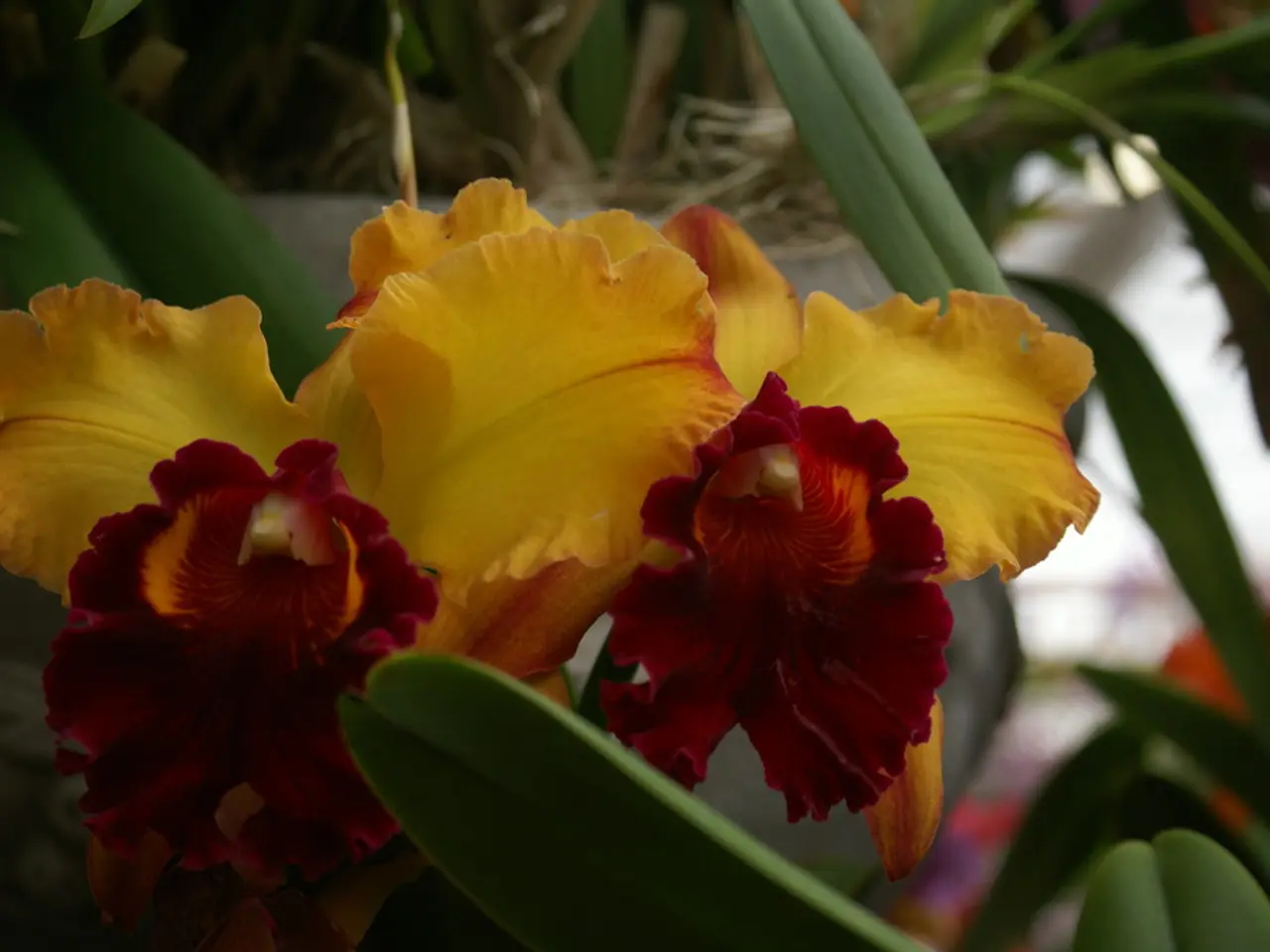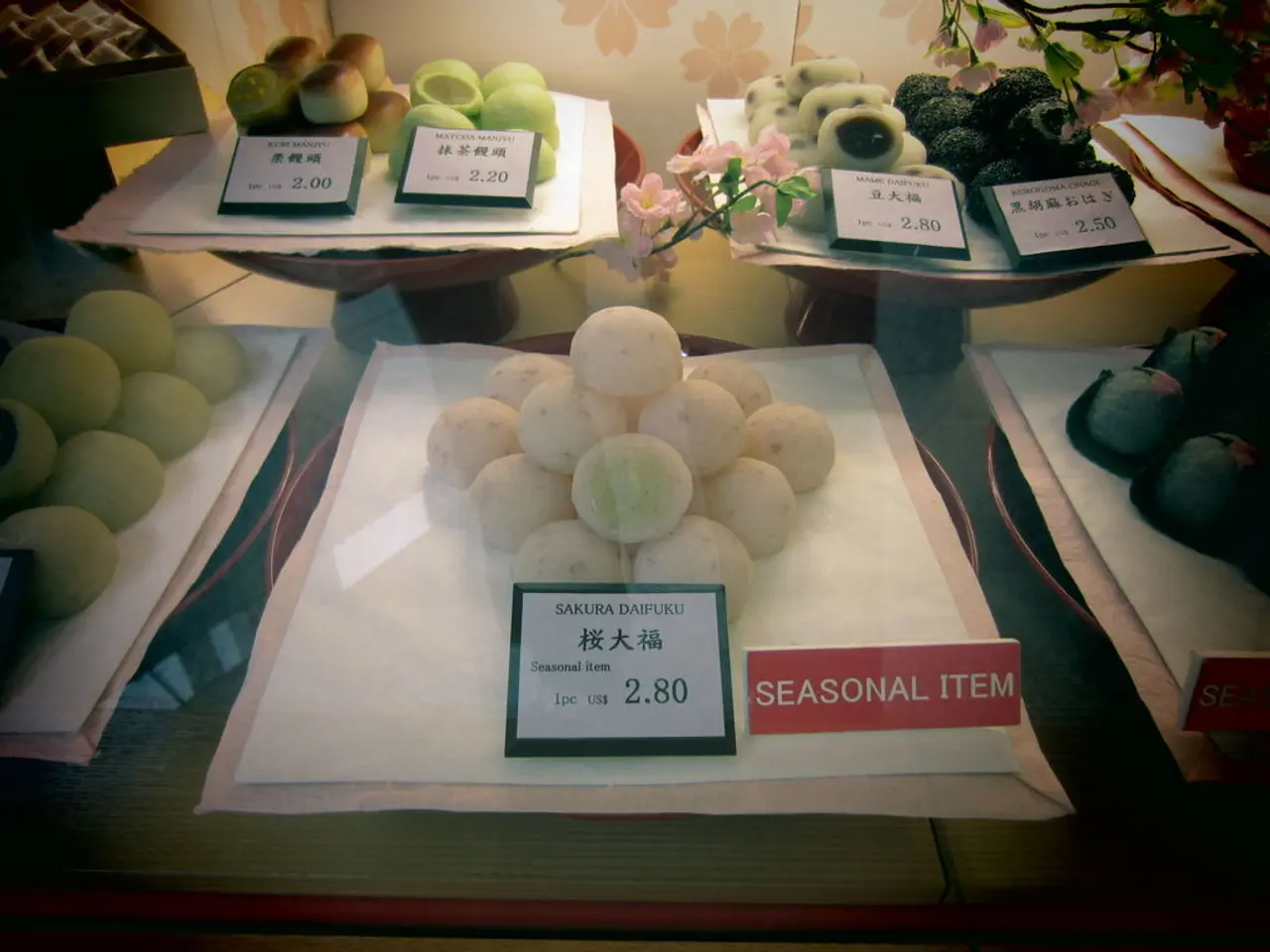Prune Away! Discover the 7 Blooming Plants to Trim in August for an Impressive Late Summer Display of Flowers
Summer is a vibrant time in the garden, with a multitude of colourful blooms adorning the landscape. However, as the days grow shorter and the season begins to wane, it's time to give your garden a little TLC. Pruning your flowering perennials in August can bring numerous benefits, rejuvenating their appearance, promoting healthier growth, and even encouraging a second wave of blooms in late summer or fall.
Clearing away worn-out foliage and spent stems not only tidies up the garden but also contributes to the overall health of your summer-blooming plants. This practice reduces disease and pest pressure, making your garden a healthier and more attractive space.
Some long-living perennials that profit from this August cutback include catmint, salvia, coreopsis, bee balm, yarrow, daylilies, hardy geranium, tall garden phlox, santolina, echinacea, and alstroemeria. These perennials either respond well to light pruning or deadheading, which refreshes growth and manages plant form, encouraging more blooms and healthier plants for the following season.
For instance, hyssop anise (Agastache) can be lightly trimmed once the first flush is spent to encourage a second floral wave within a few weeks. Similarly, alstroemeria can be rejuvenated for a second flush of flowers by gently tugging out the old flowering stems near the base. Yarrow can be cut back in summer to encourage another bout of floral fluffiness.
Other perennials, like catmint, can be pruned in summer to promote another round of blooms. Removing spent flowers and some foliage during the summer cut encourages a second flurry of blooms and gives catmint a pleasing compact shape. Cutting back hardy geraniums in August can rejuvenate them into a second flush of flowers.
Lady's Mantle (Alchemilla) can be cut back by around half its size in August to prompt a second flush of new velvety leaves and greeny yellow blooms as summer trails into fall. It's safe to cut back to the base when pruning Lady's Mantle.
For some bulbous perennials like irises and daylilies, deadheading spent flowers rather than heavy cutting is preferable to support root energy storage.
Bypass pruners or utility shears are suitable for cutting back flowering plants in summer. For soft stalks that are less than pencil thick, Spear & Jackson Vintage Bypass Pruner & Snips are ideal.
Careful trimming of some summer-blooming plants, such as asters and chrysanthemums, earlier in the summer encourages fuller, bushier growth, which can complement the August cutbacks done later for reblooming or rejuvenation purposes.
In conclusion, making the right cuts on the right plants can make the garden neater and fresher, enhancing its overall vitality and beauty. So, grab your pruning shears and get ready to breathe new life into your summer garden!
Pruning the right plants at the right time can significantly improve the vitality of both your home-and-garden and your lifestyle, such as pruning long-living perennials like catmint, salvia, and hardy geranium in August to stimulate another round of blooms. Simultaneously, practices like deadheading worn-out foliage and spent stems in other summer-blooming plants like irises and daylilies maintains their health and encourages a second flush of blooms to extend the garden's beauty into late summer or fall.




